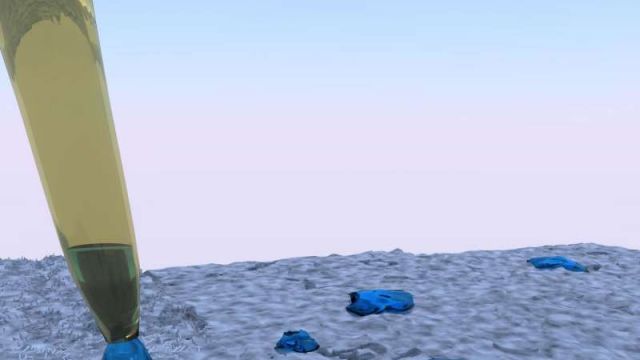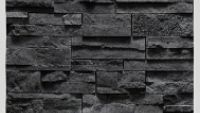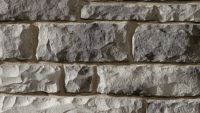Mortar With Added Bacterial Film Resists Water Uptake
By Technical University Munich
A team of scientists at the Technical University of Munich (TUM) has found an unusual way to protect mortar from moisture: when the material is being mixed, they add a biofilm — a soft, moist substance produced by bacteria.
As a professor of biomechanics at the Institute of Medical Engineering (IMETUM) and the Department of Mechanical Engineering, Oliver Lieleg deals mainly with biopolymer-based hydrogels — in other words, slime formed by living organisms. These include bacterial biofilms, such as dental plaque and the slimy black coating that forms in sewage pipes.
During a conversation with a TUM colleague, Professor Christian Grosse, Lieleg came up with the idea of using biofilms to alter the properties of construction materials. Grosse holds the Chair of Non-destructive Testing. Among other things, he investigates self-healing concrete, whose cracks close autonomously. One variant of this concrete contains added bacteria. Activated by the ingress of moisture, the bacteria close the cracks with metabolic products containing calcium.
For his own project, Lieleg used mortar instead of concrete. Instead of mending cracks after damage has occurred, he wants to prevent moisture from penetrating mortar in the first place. Such invading water can cause serious problems — for example, by inducing the growth of mold or widening existing microcracks through freeze-thaw-cycles. To prevent such water ingress, he takes advantage of the fact that some bacterial films are highly water-repellent. In the journal Advanced Materials, Lieleg and his colleagues describe how to make a moisture-resistant hybrid mortar.
The key ingredient in the new material is biofilm produced by the bacterium Bacillus subtilis. “Bacillus subtilis normally lives in soil and is very common microorganism,” Lieleg explains. “For our experiments, we used a simple laboratory strain that grows rapidly, forms plenty of biomass and is completely harmless.” Lieleg’s team bred the bacterial film in the lab. They then added the moist biofilm to the mortar powder.
In the generated hybrid mortar, water was significantly less able to wet the surface compared to untreated mortar. The scientists have evaluated and explained the surface properties of the water-repellent mortar via electron microscope images.
To find out if the hybrid mortar is resistant enough to actually be used in construction applications, it is currently undergoing mechanical tests in Grosse’s department. “If the mortar is in fact suitable, there should be no problem for companies to produce it on a large scale,” Lieleg says. Both the bacterial strain used and the culture media are standard and relatively inexpensive. “We’ve also discovered in our experiments that freeze-dried biofilm can be used equally well. Then, in a powder form, the biological material can be stored, transported and added much more easily.”
In the future, the scientists want to examine whether the biofilm can also be used to protect concrete against water.
For more information, contact Prof. Dr. Oliver Lieleg at oliver.lieleg@tum.de.
About the Author
The Technische Universität München (TUM; University of Technology, Munich; Technical University of Munich) is a research university with campuses in Munich, Garching, and Weihenstephan. It is a member of TU9, an incorporated society of the largest and most notable German institutes of technology.



















